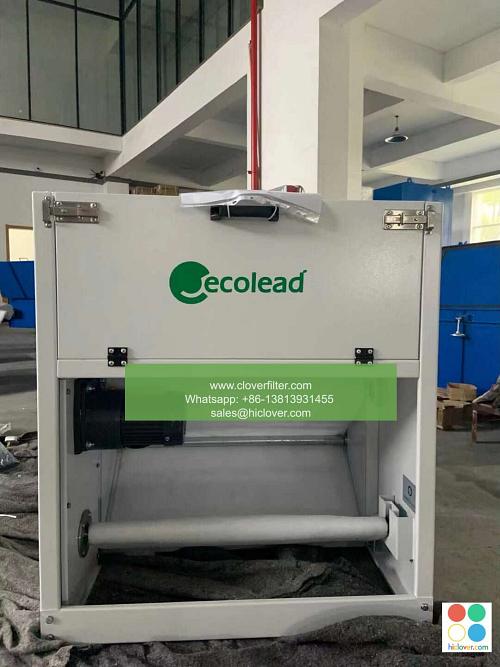Food Safety and Regulation

Food safety and regulation are critical aspects of the food industry, ensuring that the food we consume is safe for human consumption and free from contaminants. The food safety regulations and guidelines set by government agencies, such as the US Food and Drug Administration (FDA) and the US Department of Agriculture (USDA), play a vital role in maintaining the integrity of the food supply chain.
Food Safety Risk Management
Effective food safety risk management involves identifying potential hazards, assessing the risks, and implementing controls to minimize or eliminate these risks. This includes Hazard Analysis and Critical Control Points (HACCP) systems, which are widely recognized as a crucial tool for ensuring food safety. HACCP involves monitoring and controlling critical control points in the food production process, such as temperature, pH, and water activity, to prevent contamination and ensure the safety of the final product.
Food Safety Inspection and Enforcement
Regular food safety inspections and enforcement of regulations are essential for maintaining a safe food supply. Government agencies, such as the FDA and USDA, conduct food safety audits and inspections to ensure compliance with food safety regulations and guidelines. These inspections may involve microbiological testing, chemical testing, and physical inspections of food processing facilities and equipment.
Applications of Food Safety and Regulation
Food safety and regulation have numerous application areas, including:
* Food processing: Ensuring the safe handling, storage, and transportation of food products
* Food service: Maintaining a clean and safe environment for food preparation and consumption
* Food retail: Ensuring the safe storage and display of food products
* Food imports and exports: Regulating the import and export of food products to prevent the introduction of contaminants and ensure compliance with food safety regulations
Emerging Trends and Technologies in Food Safety
The food safety landscape is constantly evolving, with emerging trends and technologies, such as:
* Genomics and metagenomics: Using genetic sequencing to identify and track foodborne pathogens
* Artificial intelligence (AI) and machine learning (ML): Applying AI and ML algorithms to predict and prevent food safety risks
* Internet of Things (IoT) and sensor technology: Using IoT devices and sensors to monitor and control food safety parameters, such as temperature and humidity
* Blockchain technology: Utilizing blockchain to track and trace food products, ensuring transparency and accountability throughout the supply chain
Conclusion
In conclusion, food safety and regulation are critical components of the food industry, ensuring the safe production, processing, and consumption of food products. By understanding the key concepts and application areas of food safety and regulation, we can better appreciate the importance of food safety risk management, food safety inspections, and emerging trends and technologies in maintaining a safe and healthy food supply.

